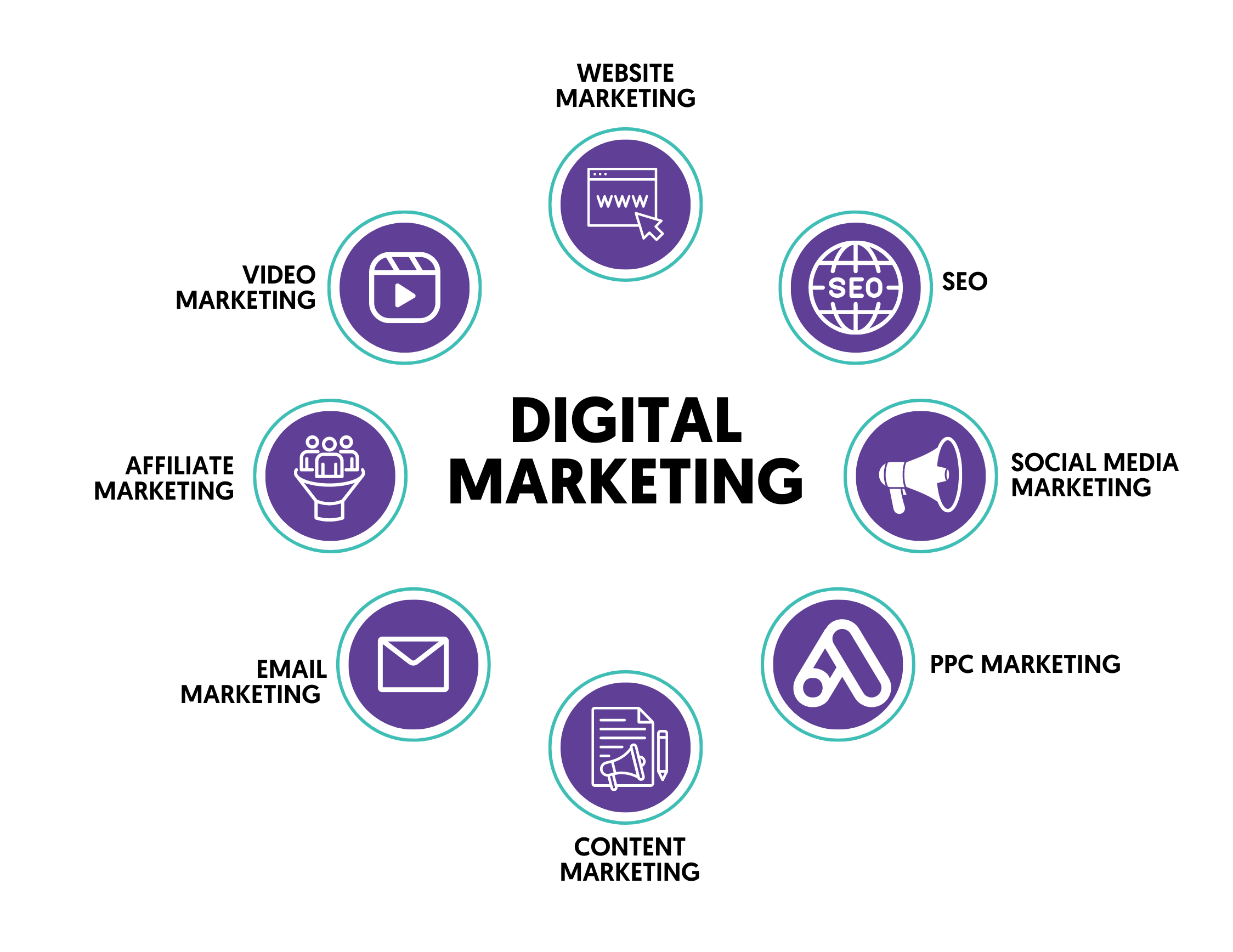Enhance Customer Experience and Drive Traffic With Responsive Internet Design
In today's electronic landscape, where individuals are accessing internet sites from a wide range of devices, responsive web design has become extra essential than ever before. With its capability to adapt and effortlessly change to various display dimensions, receptive design not just enhances customer experience but also drives web traffic to your site.
Why Receptive Internet Layout Issues
Responsive website design is a crucial facet of modern internet advancement because of its capacity to ensure optimal customer experience across different gadgets and display dimensions. With the proliferation of smart devices, tablets, and various other mobile phones, it has actually ended up being important for websites to adjust and supply seamless functionality regardless of the device being used.
The key reason that responsive website design issues is that it permits users to have a constant and satisfying browsing experience, despite the gadget they are using. A receptive website immediately readjusts its layout, material, and style elements to fit the screen size and resolution of the tool, making certain that individuals can quickly browse and interact with the site without any hassle or irritation.
Moreover, receptive website design additionally plays a significant duty in search engine optimization (SEARCH ENGINE OPTIMIZATION) Look engines, such as Google, focus on web sites that are responsive and mobile-friendly in their search results page. By incorporating responsive layout concepts, sites can boost their presence and ranking, leading to raised organic web traffic and potential customers.

Boosting Individual Engagement Through Responsive Design
Optimizing individual engagement is an essential objective of responsive layout, as it guarantees that customers can easily accessibility and engage with website content on any kind of tool. With the enhancing usage of mobile phones and tablet computers, it is vital for sites to adapt to various display dimensions and resolutions. Responsive design makes it possible for websites to instantly readjust their design and web content to supply a smooth individual experience across gadgets.
Among the primary means responsive style improves individual interaction is by decreasing tons times. With a responsive internet site, users don't have to await different mobile variations to tons, causing much faster access to material. This better rate leads to higher individual contentment and urges them to invest more time on the site.
Additionally, receptive style improves customer involvement by improving navigating and interface (Web Design). When a website is developed responsively, buttons and menus are enhanced for touch interactions, making it simpler for customers to browse and engage with the website on their mobile tools. This user-friendly and easy to use experience keeps customers engaged and encourages them to discover more of the web site
Additionally, receptive design enables for better web content presence and readability. By adjusting the layout and font style sizes to different tools, receptive sites ensure that individuals can quickly recognize the material and review. This enhances customer engagement by minimizing the requirement for scrolling or zooming to read the text.
Raising Internet Site Traffic With Responsive Website Design
With the expanding appeal of smart phones, having a website that is responsive to different display dimensions and resolutions is important for driving raised traffic. In today's digital landscape, individuals are accessing internet sites from a variety of tools such as mobile phones, tablet computers, and computer. Each of these tools has different display sizes and resolutions, and if your site is not developed to adapt to these variants, it can lead to a poor individual experience and a loss of possible traffic.
Receptive internet design makes certain that your site looks and works optimally throughout all devices. By utilizing adaptable grids, fluid discover this photos, and media inquiries, responsive layout allows your web site to immediately readjust its format, navigating, and material to fit any display size. This means that users will have a seamless browsing experience regardless of whether they are utilizing a tiny mobile phone or a big desktop computer computer system.
Secret Aspects of Effective Responsive Layout
Effective receptive style integrates a number of crucial elements that guarantee a smooth customer experience throughout various tools. One of these aspects is versatile grids and formats. By utilizing loved one devices like percents instead of repaired units like pixels, developers can create layouts that adjust and scale to fit various display sizes. This enables content to be displayed in a aesthetically enticing and readable fashion on any device.
Another vital element is media questions. These permit designers to apply different designs and layouts based upon the qualities of the individual's tool, such as display dimension and alignment. By using media questions, designers can maximize the presentation of material for every device, guaranteeing that it is conveniently available and understandable.
Receptive pictures are also vital in effective responsive layout. Photos that are as well huge can slow down page load times on mobile tools, while pictures that are also small might appear pixelated on bigger displays. By making use of methods such internet as receptive picture resizing and careless loading, designers can guarantee that images are properly sized and optimized for every tool.
Last but not least, effective receptive design involves a mobile-first method. This means developing and focusing on material for mobile gadgets first, and afterwards increasing and improving the layout for bigger screens. This strategy makes sure that the most vital content is quickly accessible on smaller sized screens, while still providing a rich experience on bigger tools.
Ideal Practices for Carrying Out Responsive Internet Style
Applying responsive web design requires mindful consideration of numerous finest methods to ensure an optimum customer experience across various tools. When executing responsive web style., right here are some vital ideal methods to comply with.
Firstly, it is critical to focus on mobile individuals. With the enhancing supremacy of mobile phones, creating for mobile-first has actually become vital. Start by making for smaller displays and afterwards gradually boost the design for larger screens.

One more crucial ideal method is to optimize photos for various display resolutions. Huge pictures can decrease the loading time of your internet site, particularly on mobile gadgets with slower links. Usage receptive images that can be resized based on the gadget's screen resolution to boost efficiency.
In addition, test your internet site on various devices and display dimensions internet web design to make certain a smooth and constant experience. There are various screening devices available that can help you determine any concerns and make necessary adjustments.
Last but not least, focus on use and ease of access. Make sure that your website is easy to navigate, with succinct and clear web content. Make certain that your website is accessible to individuals with handicaps and follows access standards.
Final Thought
In final thought, receptive web design plays an important role in enhancing user experience and driving website traffic to sites. By adopting receptive style concepts, sites can guarantee optimum watching experiences across various tools, leading to raised customer interaction.
Optimizing customer involvement is a key goal of responsive design, as it guarantees that users can conveniently accessibility and connect with internet site web content on any kind of tool. Responsive layout allows internet sites to instantly change their format and material to offer a smooth individual experience across gadgets.
Additionally, receptive design improves user involvement by improving navigation and customer interface.Responsive images are likewise essential in reliable receptive layout. By embracing receptive design principles, internet sites can make certain optimal checking out experiences throughout different devices, leading to raised user interaction.